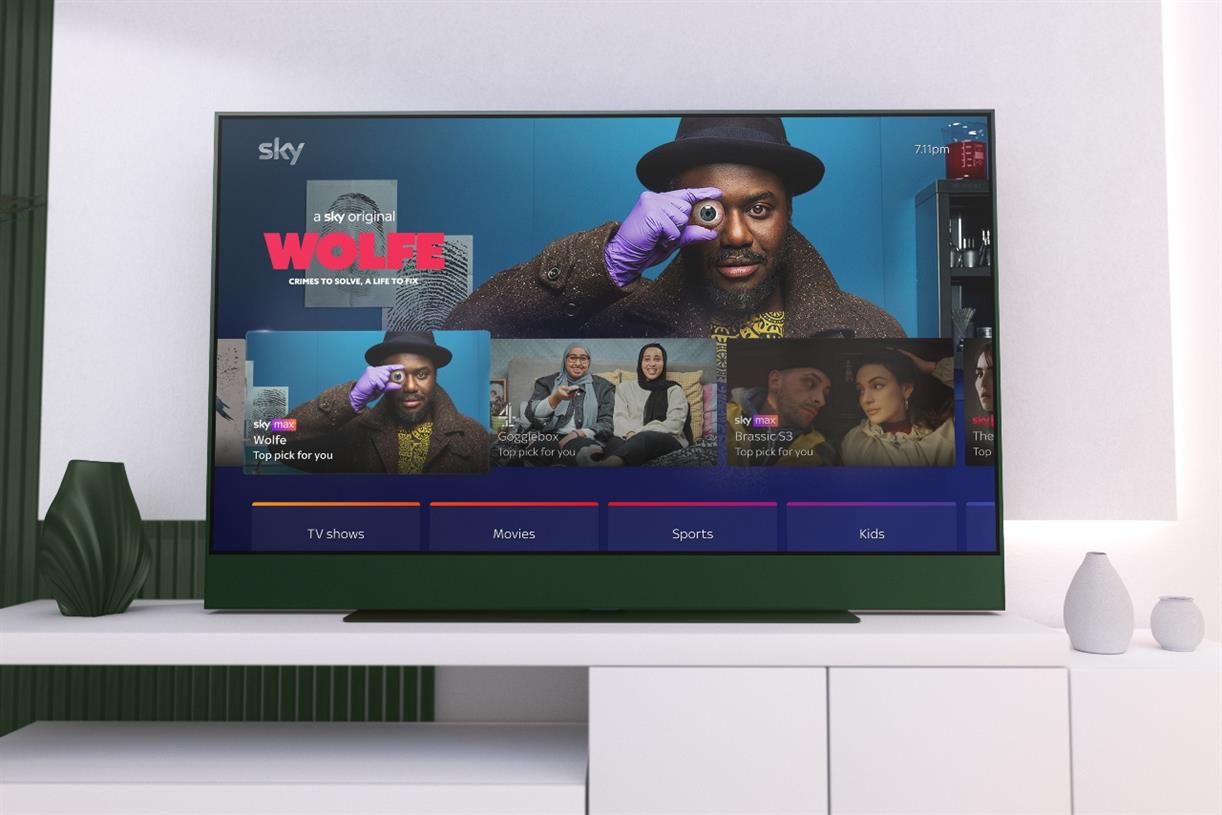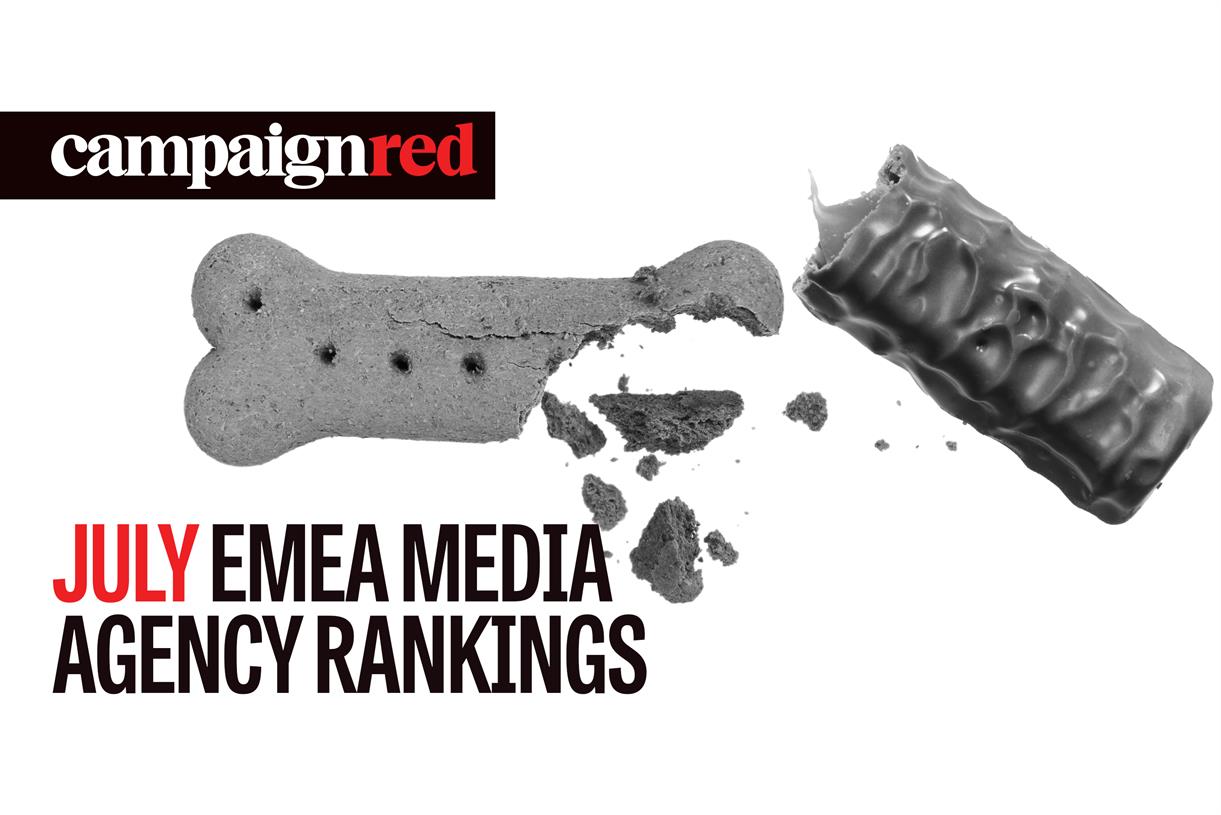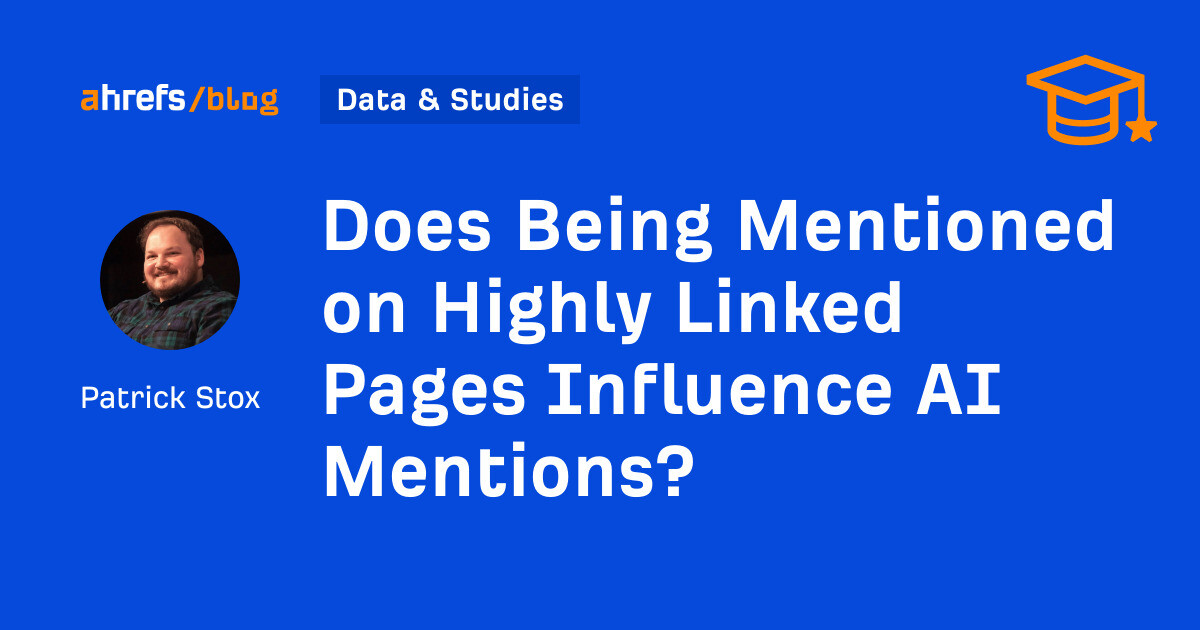LinkedIn Adds Labels for AI Generated Content
Most social platforms now have an AI labeling system in place.

LinkedIn is the latest social platform to add labels to AI-generated content in-stream, via a partnership with the Coalition for Content Provenance and Authenticity (C2PA), which uses data tagging to identify AI images.

As you can see in this example (posted by influencer marketing expert Lia Haberman), AI-generated images posted on LinkedIn will now include a small C2PA tag in the top right of the in-stream visual. Tap on that icon and you’ll be able to see more info about the image.
The tags will be automatically added, based on the code data embedded into the image, as identified by the C2PA process.
C2PA is one of several organizations working to establish industry standards for AI-generated content, which includes digital watermarks that can’t easily be removed from the back-end code of images and videos.
LinkedIn’s parent company Microsoft has already signed up to the C2PA standards, along with Google, Adobe and OpenAI. C2PA has also been adopted by TikTok for its AI tagging process, which it announced earlier this month.
Most social platforms now have at least some form of AI content tags in-stream, which will help to improve transparency, and limit the spread of “deepfake” content, and/or depictions of things that are not real.
Which is important, because while most of these depictions are generally harmless, even if they do raise questions about their authenticity (like The Pope in a puffer jacket), some other misuses could have a bigger impact. Like fake images of an attack on the Pentagon, or false representations about the Israel-Hamas war.
These types of AI generations can sway public opinion, which is a big risk as we head towards a range of elections around the world.
And there is a significant possibility that AI-generated content is going to play a role in the upcoming U.S. election. And often, even if it is tagged as fake, the tags are appended too late, with the visuals already having an impact.
Which is why automated and immediate detection is important, ensuring that such labels can be attached before they’re able to gain traction.
The next step, then, is ensuring that the public understands what these labels mean, but gaining uniformity in reporting is the first goal to work towards.

 KickT
KickT 






























